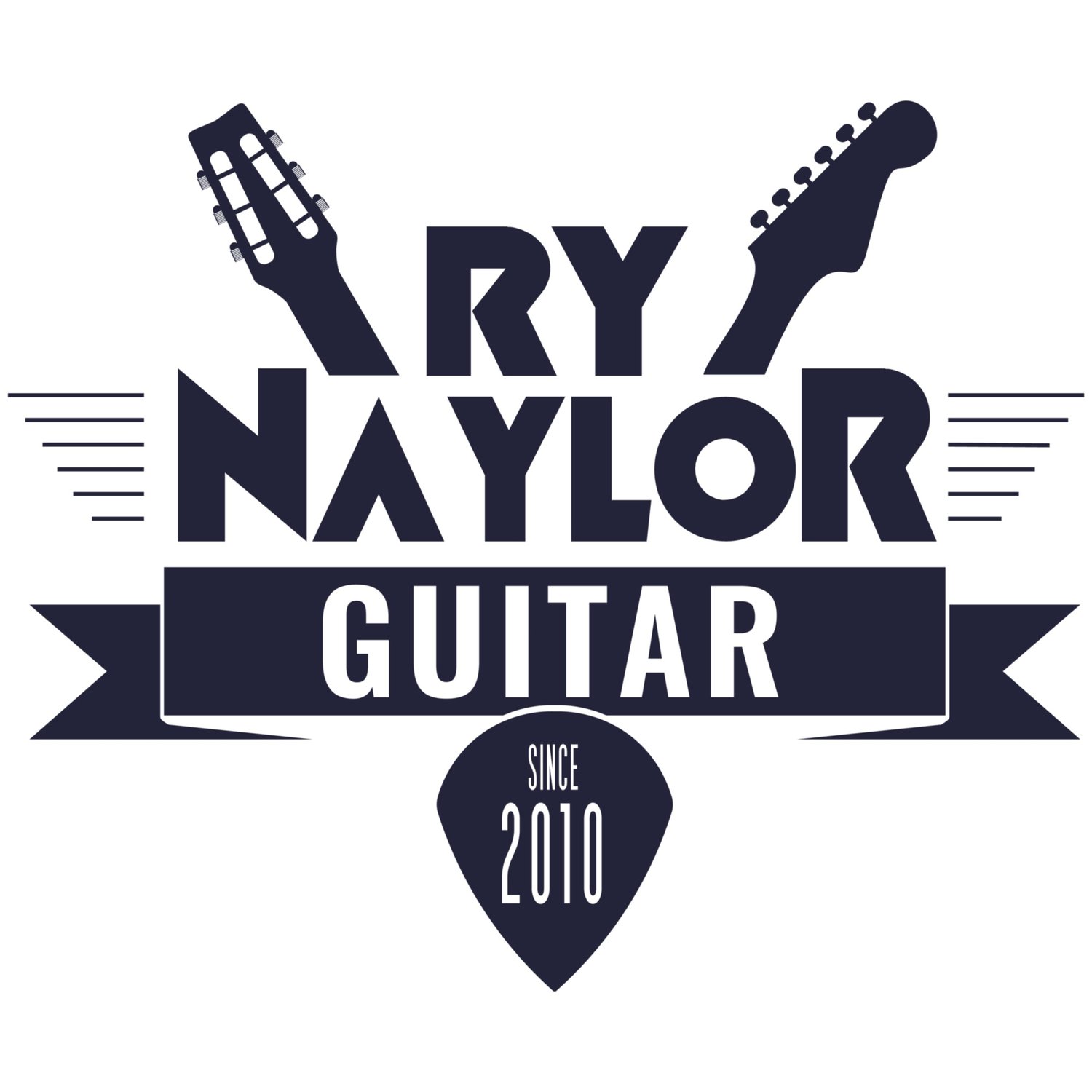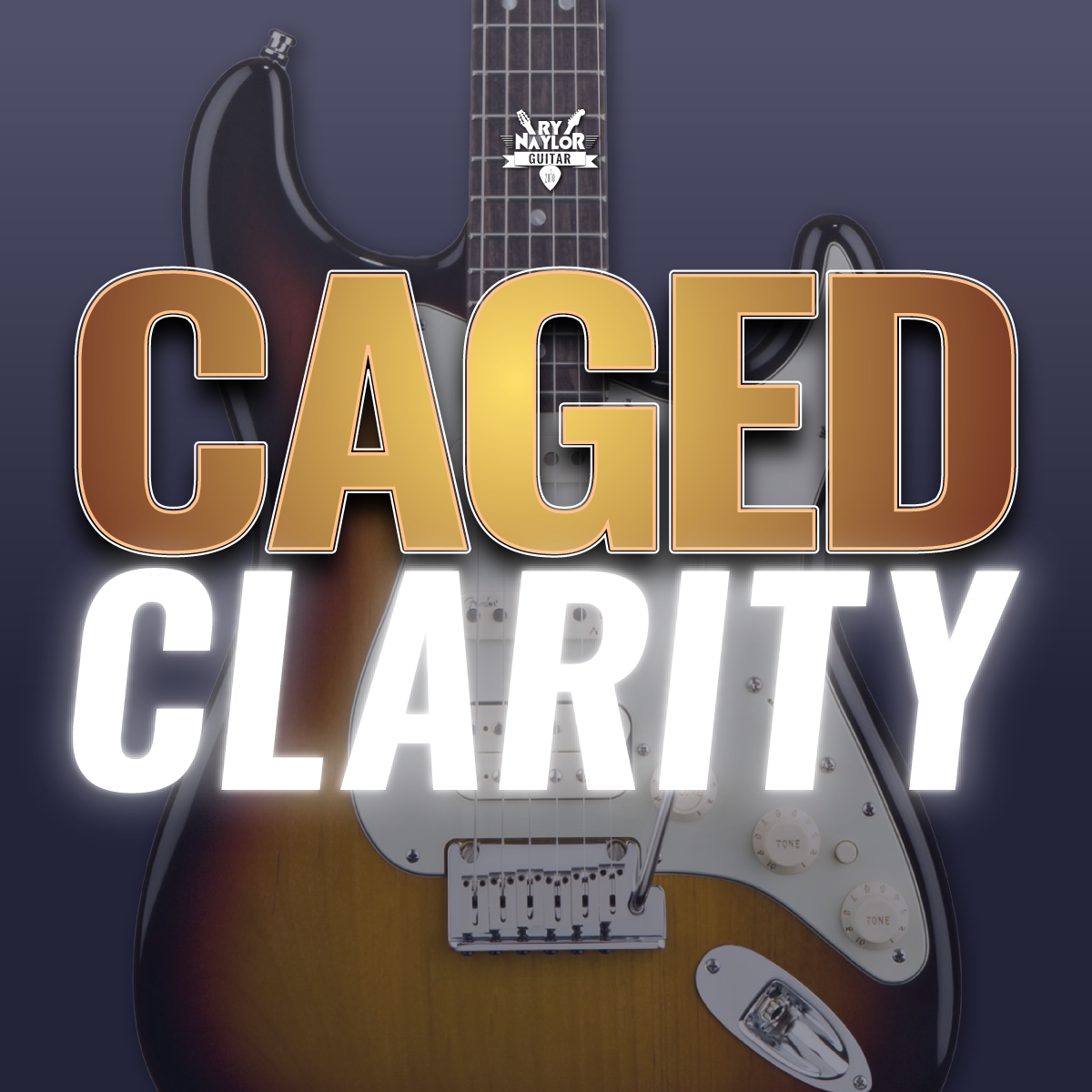Defining the Distances - Whole Step and Half Step
/In the previous lesson, we saw that the sounds that we play are notes and these notes are named by the musical alphabet.
In order to better understand how notes relate to one another, it’s important to be able to measure and label the distances between them.
The distance between two notes is named an interval, and the units of measurement that we use are whole steps and half steps.
In this lesson, we’ll be exploring exactly what these are and how they appear on the guitar fretboard.
Review: The Musical Alphabet
THE MUSICAL ALPHABET ON STRING 5(A)
You will see from the musical alphabet above that the notes are not evenly spaced on the guitar fretboard. There is a fret-sized gap between the letters except between B to C and E to F which are immediately next to one another.
On a piano keyboard, the white keys are the musical alphabet. Between the alphabet notes, there is a black key except between the notes B to C and E to F.
Where there’s no black key, there’s no gap on the fretboard.
THE MUSICAL ALPHABET ON PIANO
The thing is, the guitar fretboard has all the white keys and black keys of the piano in one, indistinct row up and down each of the strings. It’s like the guitar is six overlapping piano keyboards. No wonder it’s so hard to memorize.
So if you want to play the alphabet, you’ve got to skip over the black keys. That’s why it’s important to know exactly where you can expect a gap in the musical alphabet, and where there will not be one.
Wherever you are on the guitar fretboard, in whatever octave, there will always be a fret’s gap between the notes of the musical alphabet except B going higher to C and E going higher to F.
If you are ever unsure as to where the exception is you can refer to strings 2(B) and 1(E). They are the two notes upon which the next alphabet note will be one fret higher:
HOW TO REMEMBER THE HALF STEP IN THE MUSICAL ALPHABET
The Whole Step (or Tone)
The distance of two frets on the same string (e.g. A to B or C to D) is called a whole step or tone (depending on where in the world you live). I will be using the term ‘whole step’ going forward.
WHOLE STEPS IN THE MUSICAL ALPHABET
A whole step above an open string will be in the 2nd fret. For example, from the open string 3(G), the note A is found at the 2nd fret:
WHOLE STEP ABOVE AN OPEN STRING
You can move a whole step up towards the guitar body or down towards the headstock from any fret.
You can also move a whole step moving up or down a string vertically. For example, from the A note on the 5th fret of string 6(E), the B is either a whole step higher in the 7th fret or three frets lower on string 5(A):
WHOLE STEP UP AND ACROSS THE STRINGS
The Half Step (or Semitone)
The distance of one fret (the exceptions: B to C and E to F) is called a half step or semitone. I will use ‘half step’ in my lessons.
HALF STEPS IN THE MUSICAL ALPHABET
A half step above an open string will therefore be in the 1st fret. You saw above that a half step above the open string 2(B) would be the note C in the 1st fret.
You can move a half step up towards the guitar body or down towards the headstock from any fret. You can also move a half step up or down a string pair vertically. For example, from the B note on the 7th fret of string 6(E), the C is either a half step higher in the 8th fret or four frets lower on string 5(A):
HALF STEP UP AND ACROSS THE STRINGS
Your to-do list
Ensure that you know how to play a half step higher or lower on the same string
Ensure that you know how to play a whole step higher or lower on the same string
Memorize where the half steps are in the musical alphabet



















